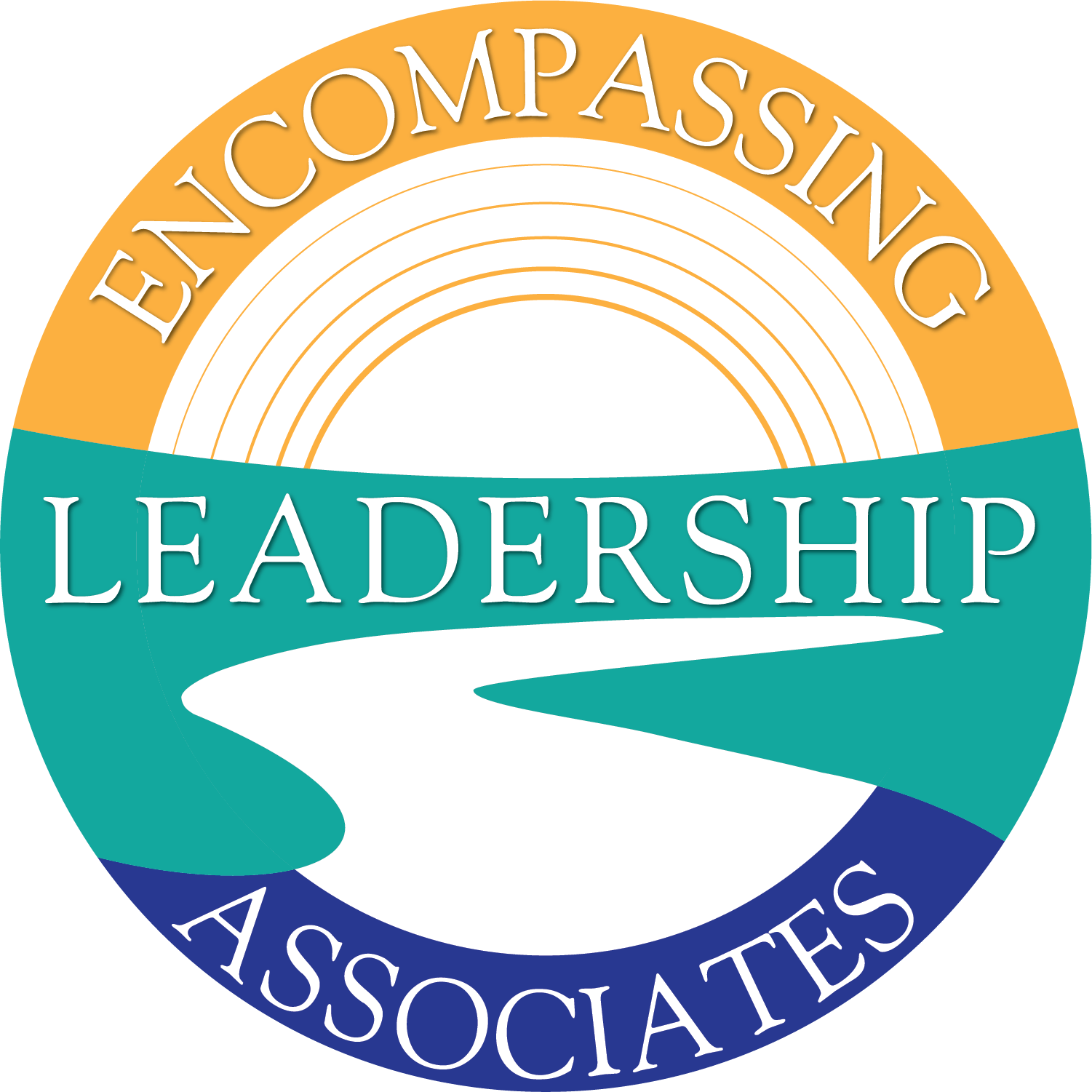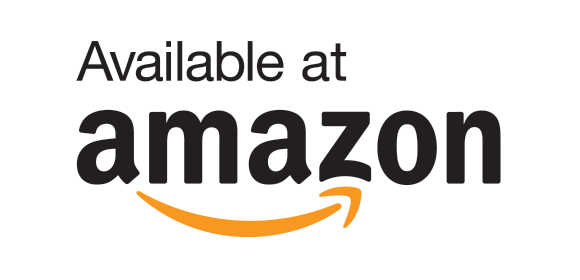Keys to Successful Leadership

As a coach, I have had a front row seat to stories of hundreds of leaders at multiple levels across many industries. I am continually amazed by the desire for growth and creativity that everyone brings to the coaching process. As a bonus, partnering with clients to elicit their great potential is deeply rewarding work. Throughout the coaching process, I listen for meaningful themes, “Keys to Success” – thinking, communicating, and actions that result in ideal outcomes. Considering numerous great leaders amidst diverse settings, I want to share several recurring keys to success that are components of efficacious leadership. These significant takeaways are deep and sustained engagement, acquisition of sufficient perspective, and an adaptive approach to leadership.
Based on work with clients, without a doubt, the number one predictor of success in coaching and leadership is engagement; genuine engagement with others and their related contexts. If a client and/or leader is engaged, their areas of focus will vastly improve. When I think back to three occasions where the coaching process never took flight, it was because, despite intensity of effort, the clients never engaged. This also holds true for leadership. Ineffective leadership can be tied directly to insufficient engagement – these absent leaders are often unaware and by extension unskilled at managing related opportunities. They do not have the meaningful relationships that bring about ideal results. Engage not just with those who appear content, spend meaningful time with those who are dissatisfied. If people are complaining, that is not bad, they are still invested, they are still engaged. If people are silent and apathetic, they may be completely checked out. Engage with depth and authenticity. As a leader, engage in the areas where the actual work is taking place. Engagement facilitates awareness, connection, development, and optimization among individuals, teams, and organizations. Engagement is a force that energizes and educates all participants.
Frequently, we proceed from misperception based on mistaken and/or insufficient information. In all but the direst of emergencies, leaders can work to gain a truer and more thorough perspective. Effective leaders find time to breathe. They understand the need to move from a reactive to proactive stance. To take periodic timeouts for reflection, be it solitary or with others. That space allows for framing and reframing of complex and emotionally charged issues. We might consider broadening perspectives. By stepping back, we can take a big picture or system view of what is occurring and how to best proceed. For instance, we may be examining an opportunity from an individual or department stance, when we need to be exploring it from an organizational or geographical context. Finally, biases and emotions deserve consideration. We may have an associate who pushes our buttons or some emotional history. Assess with clarity and without rancor. Most people are not out to take advantage of others or situations. They do the best with what they know. Things usually are not an either/or proposition, therefore we can work for a necessary balance. Into this space of understanding, emerges calm, partnership, rejuvenation, and the way forward.
Once engagement and perspective are in play, select the best course given people and circumstances. Although they may not realize it, many leaders practice as if one leadership approach fits all. I wrote about this previously (New Leader Syndrome (allcanlead.com)) – how successful leaders take on new responsibilities and mistakenly apply the exact framework. Of course, we want to carry forward what has been successful, but we need elasticity and room for measures more appropriate for emerging situations. People and events are unique and nuanced. That is what makes things challenging and what brings a deeper strength to any meaningful work. So sufficiently assess and choose the practices that are pertinent to the tasks and culture at hand – this becomes easier when we are plugged in and have a true measure of culture and situations.
The best client goals link and drive one another, as do the previously mentioned keys to success. They are interdependent practices; meaning they support and facilitate another. Becoming practiced at one, enhances another. Equally important, these practices – engagement, true perspective, and a tailored leadership approach – will be adopted and successfully applied by those whom the leader influences.
Again, these are my observations. What practices have you found to be most successful in your leadership?
Articles from Encompassing Leadership Associates





